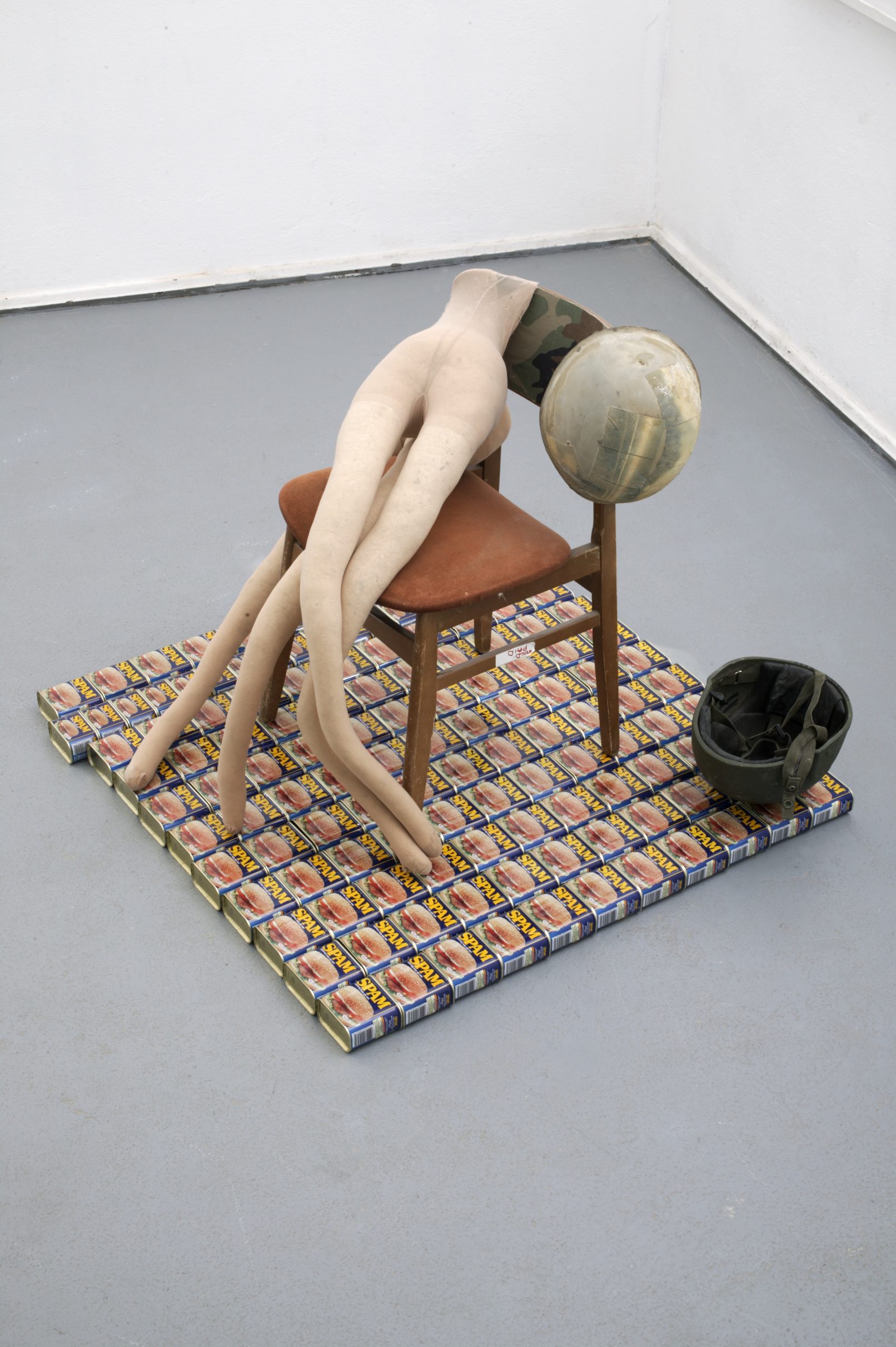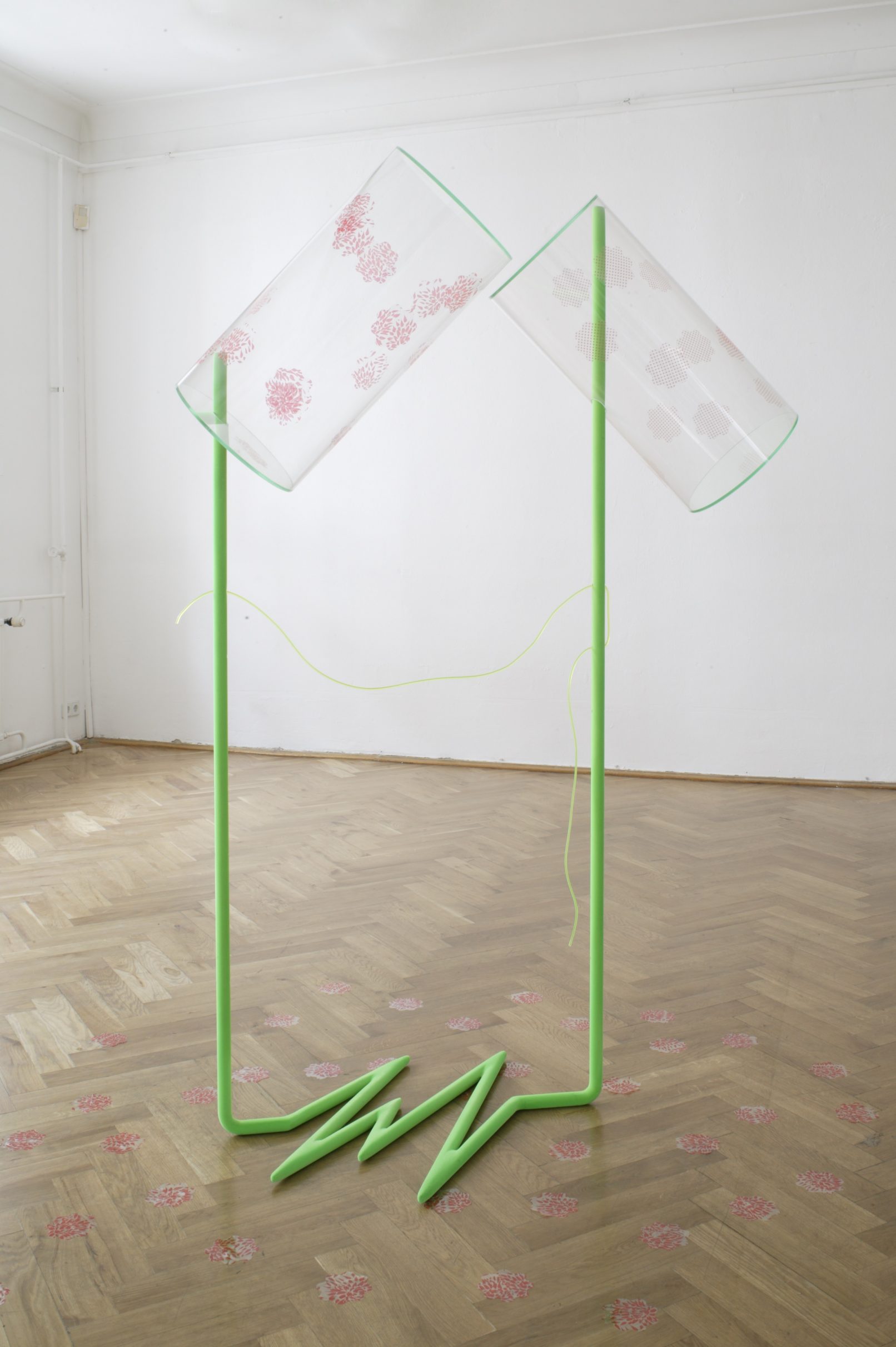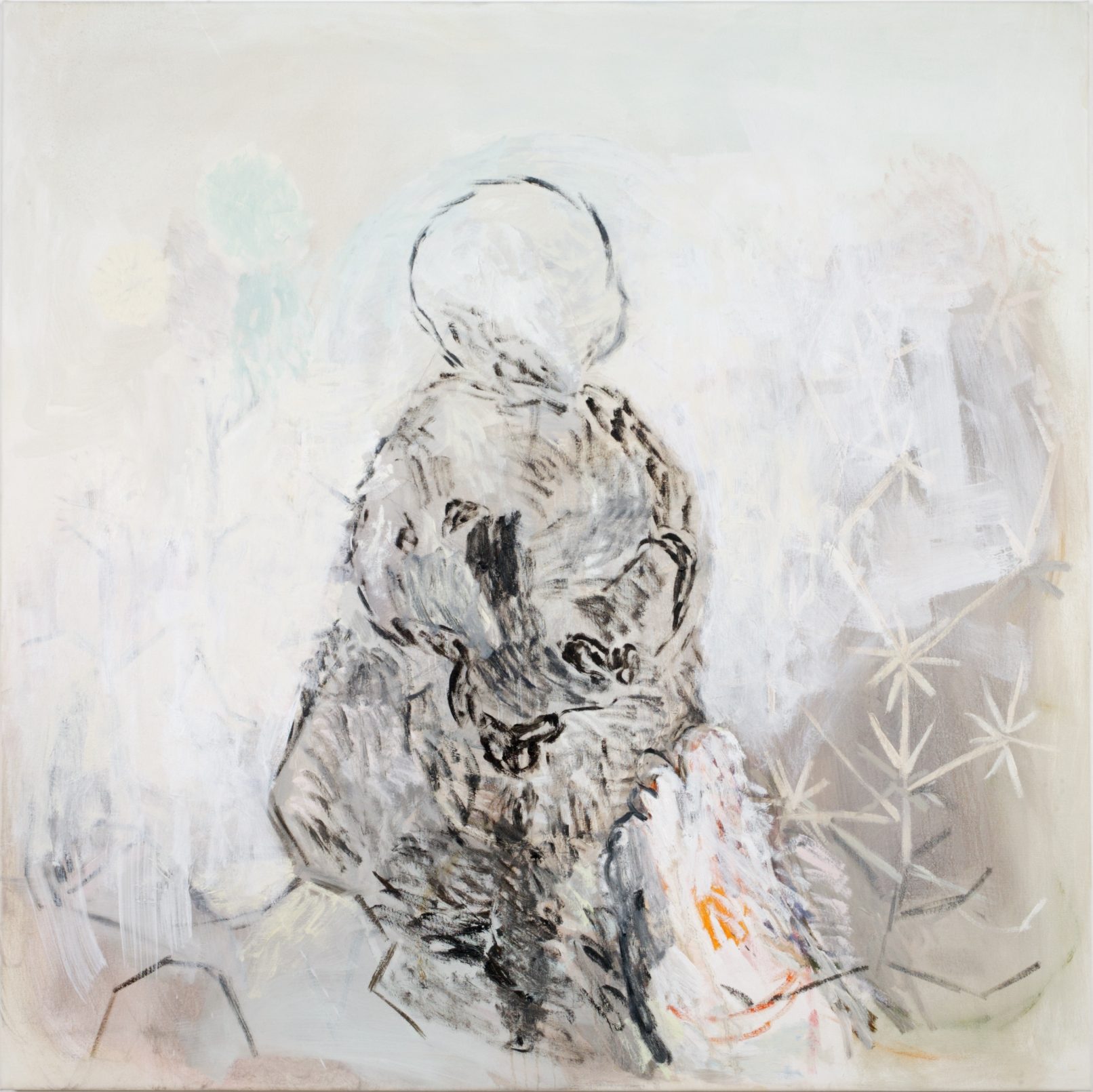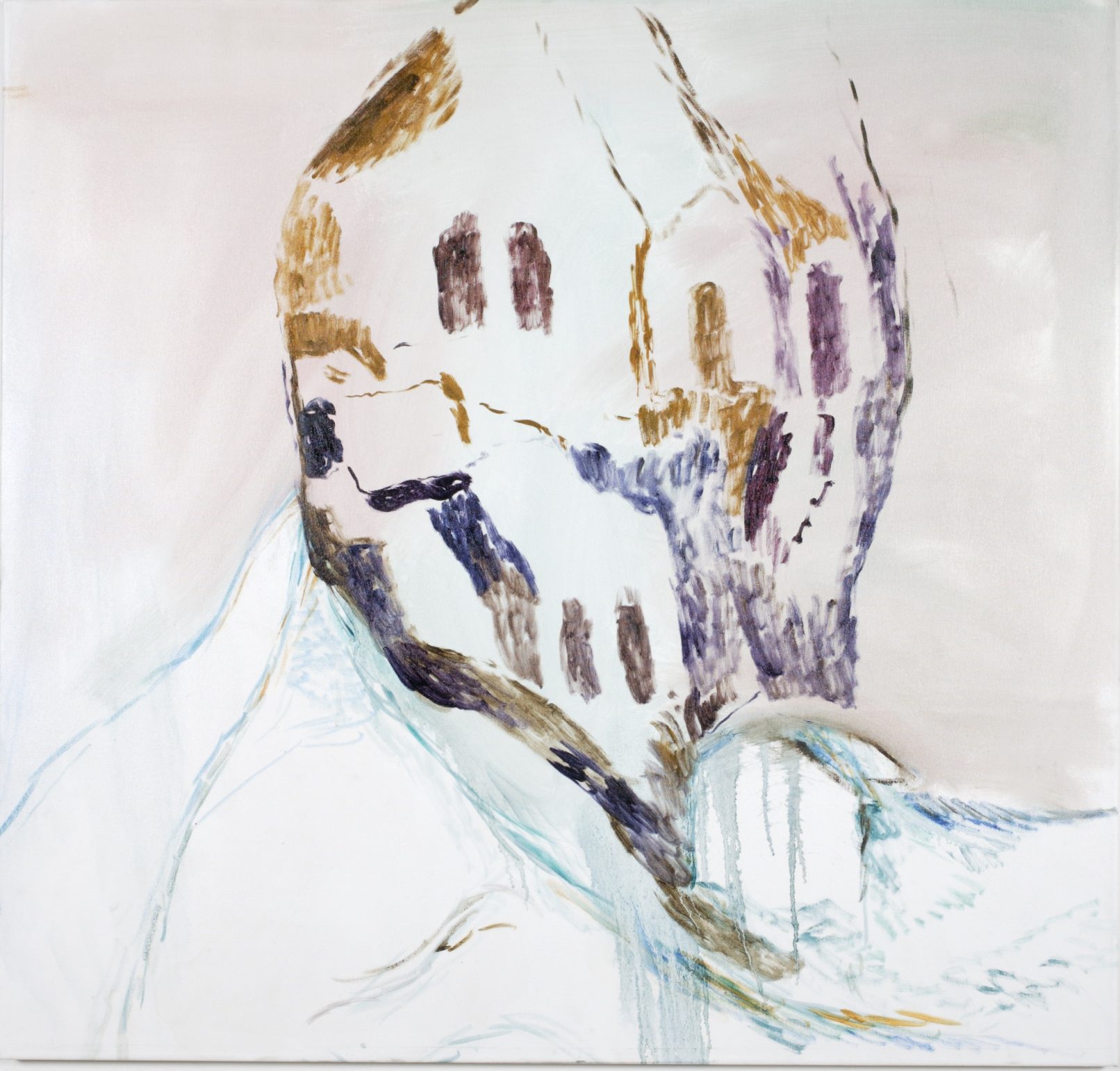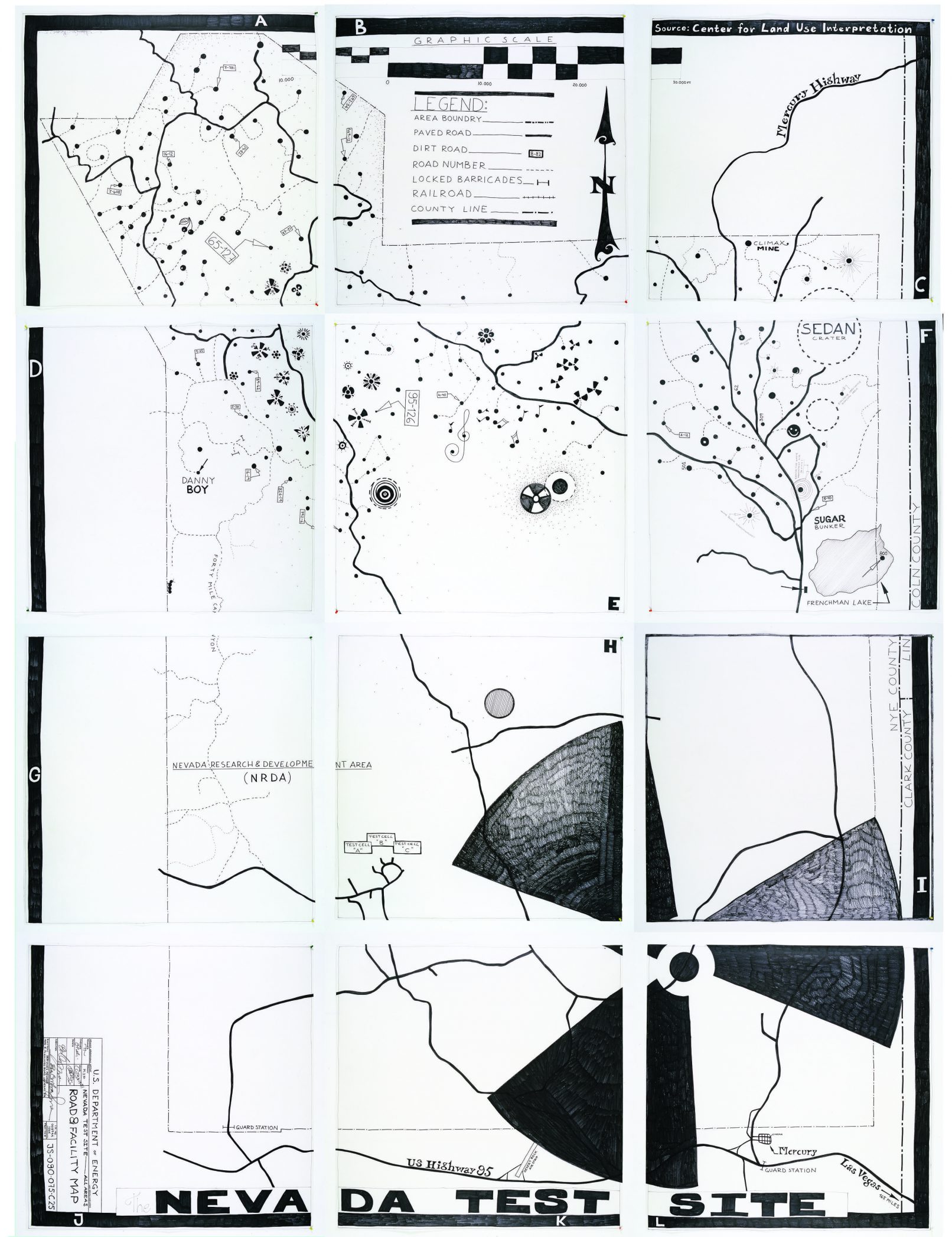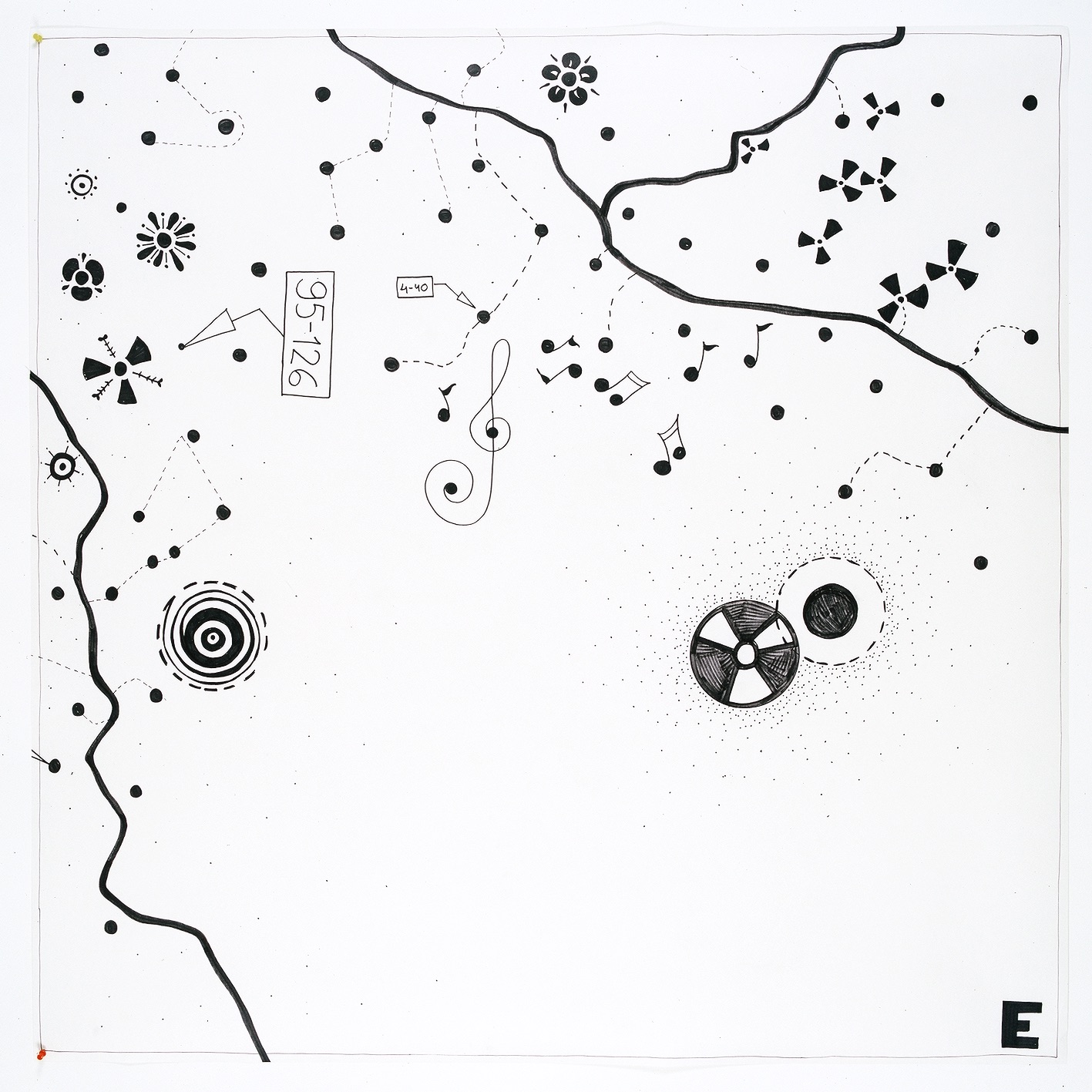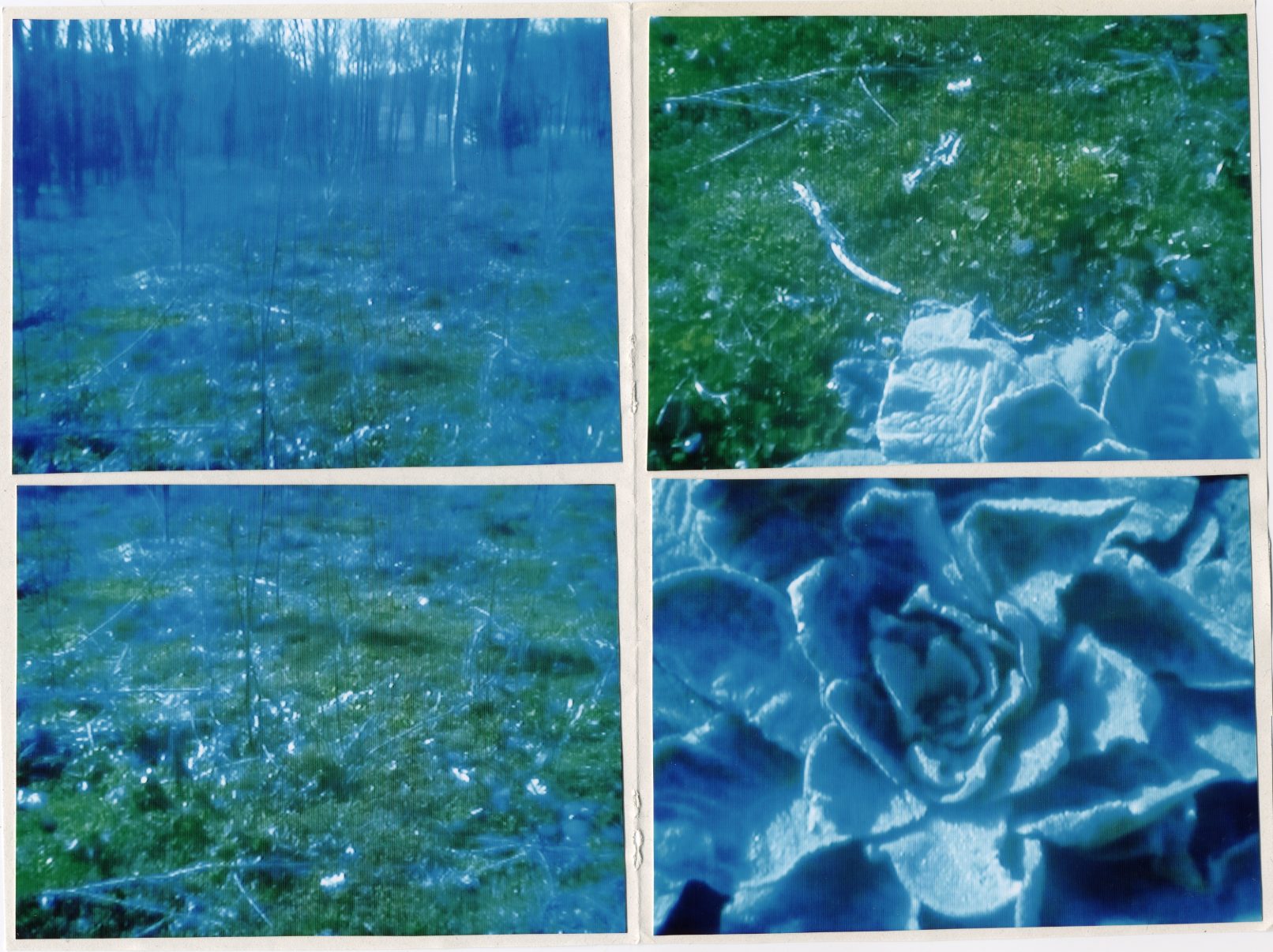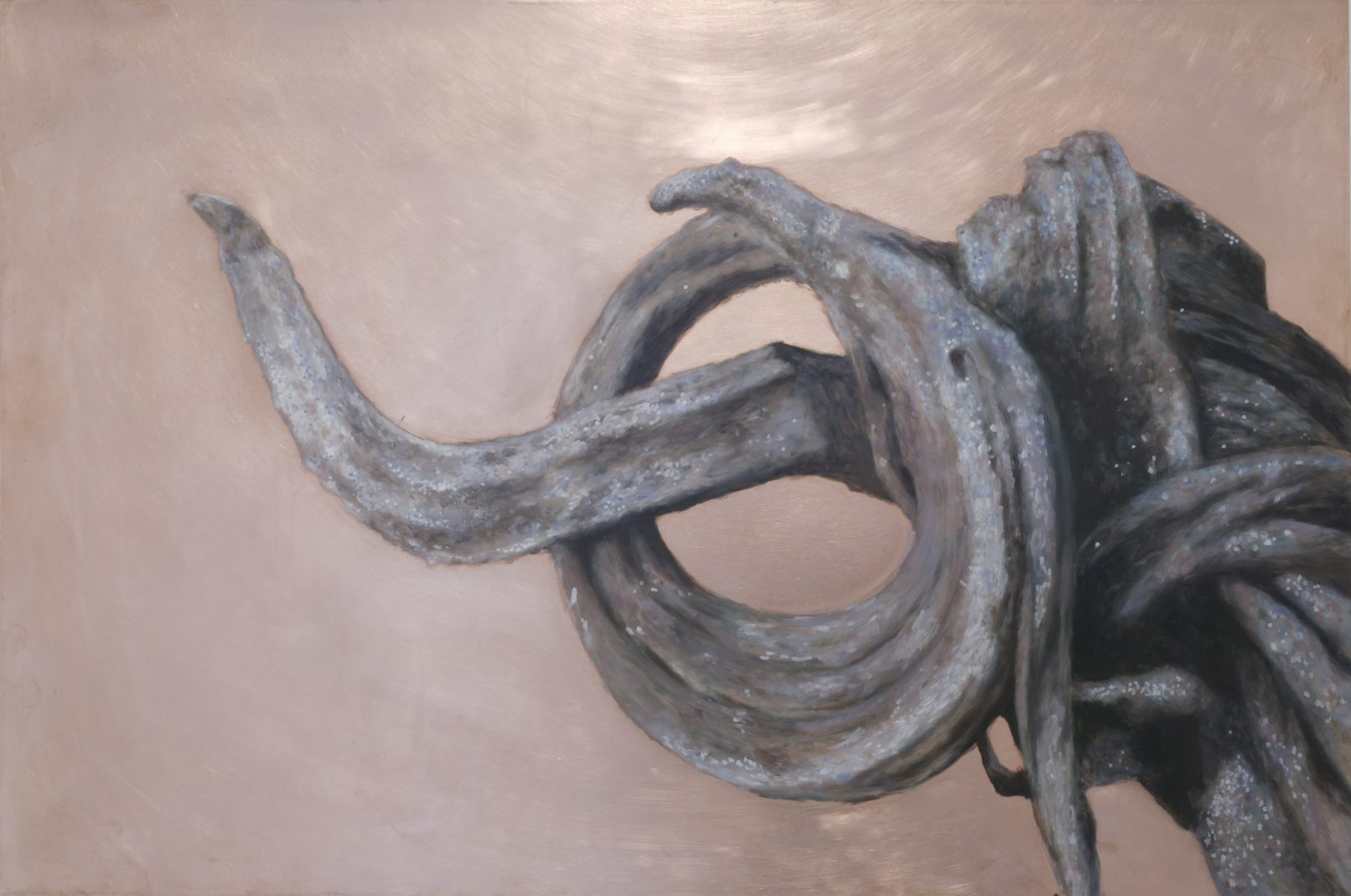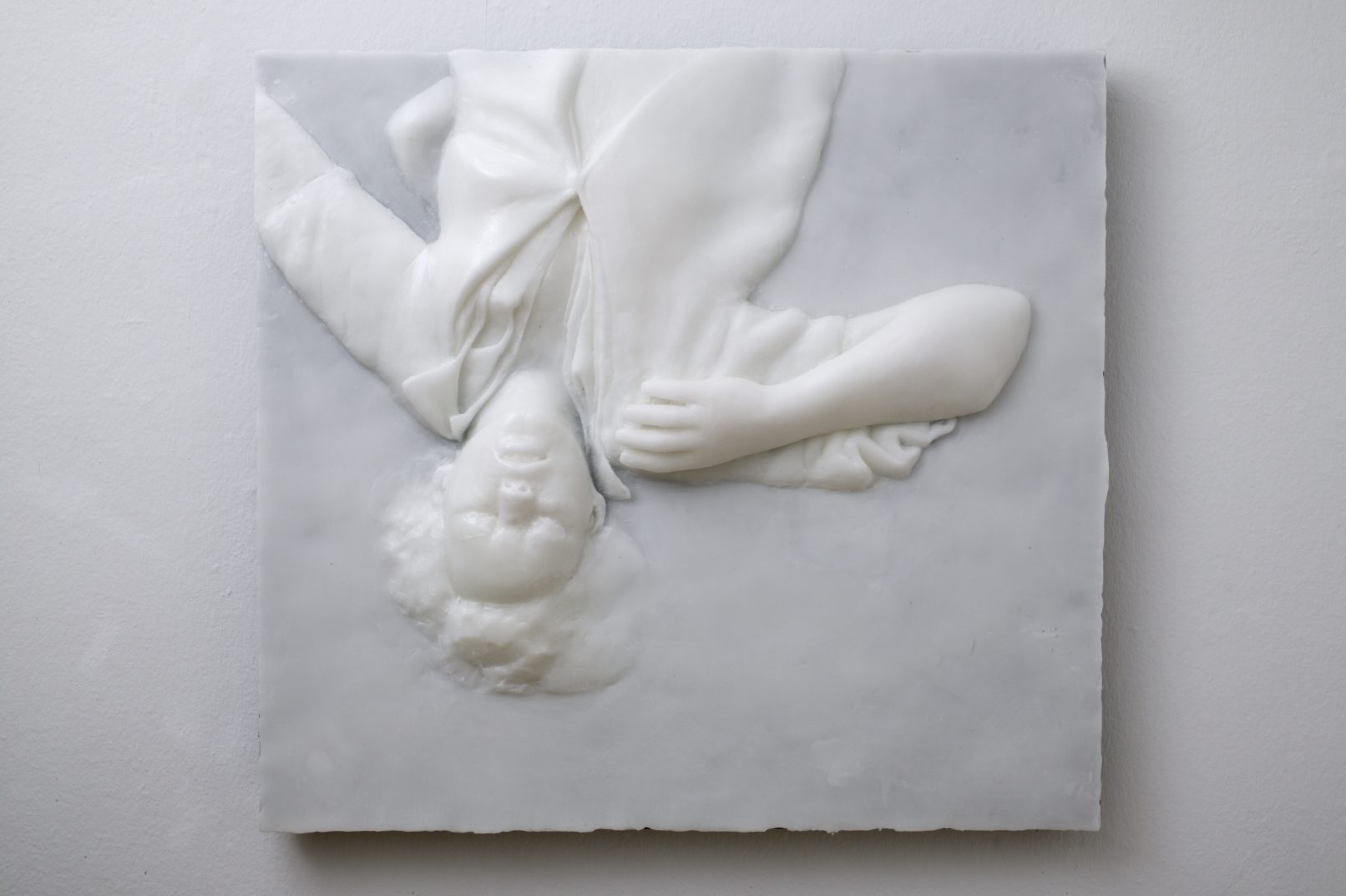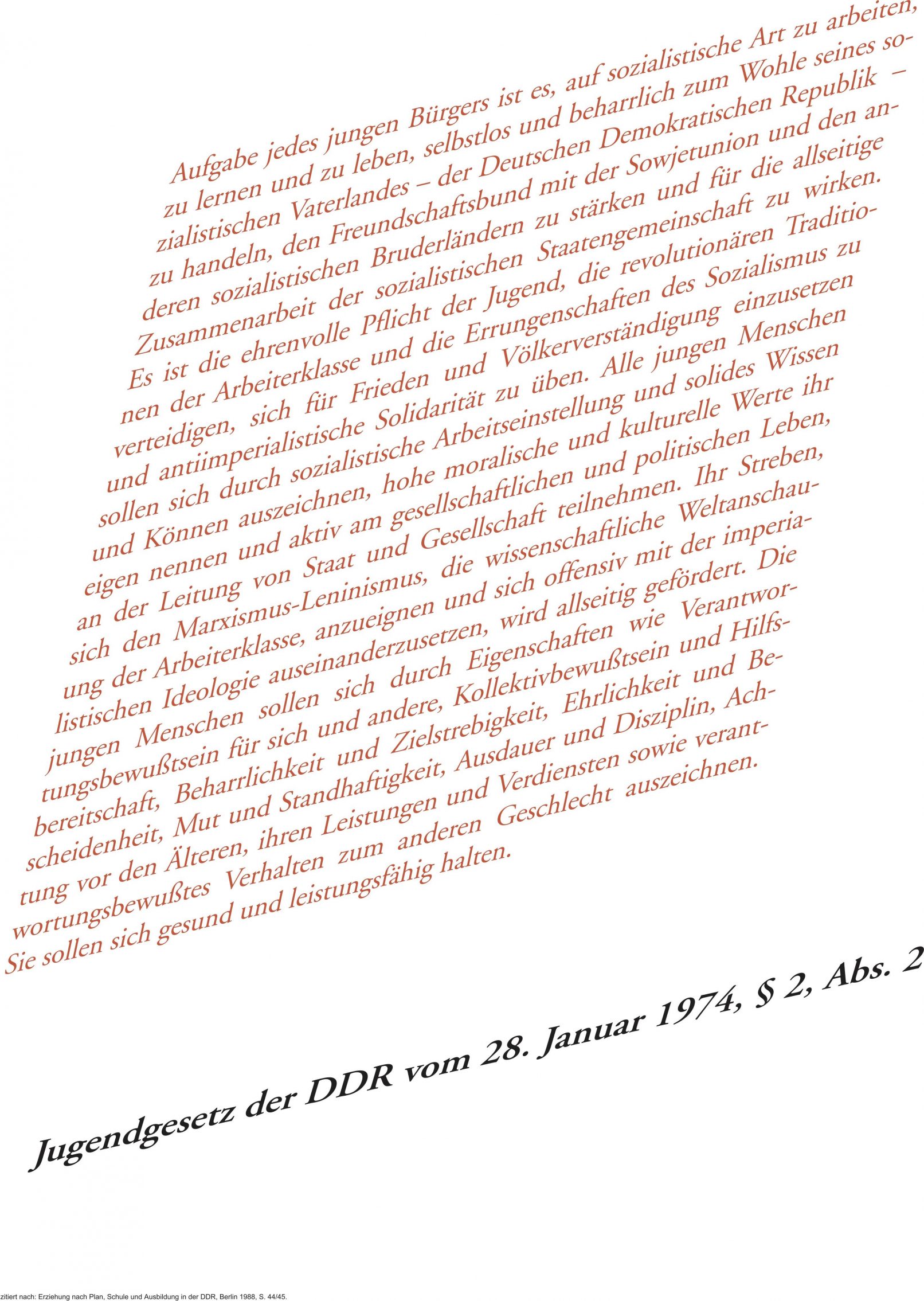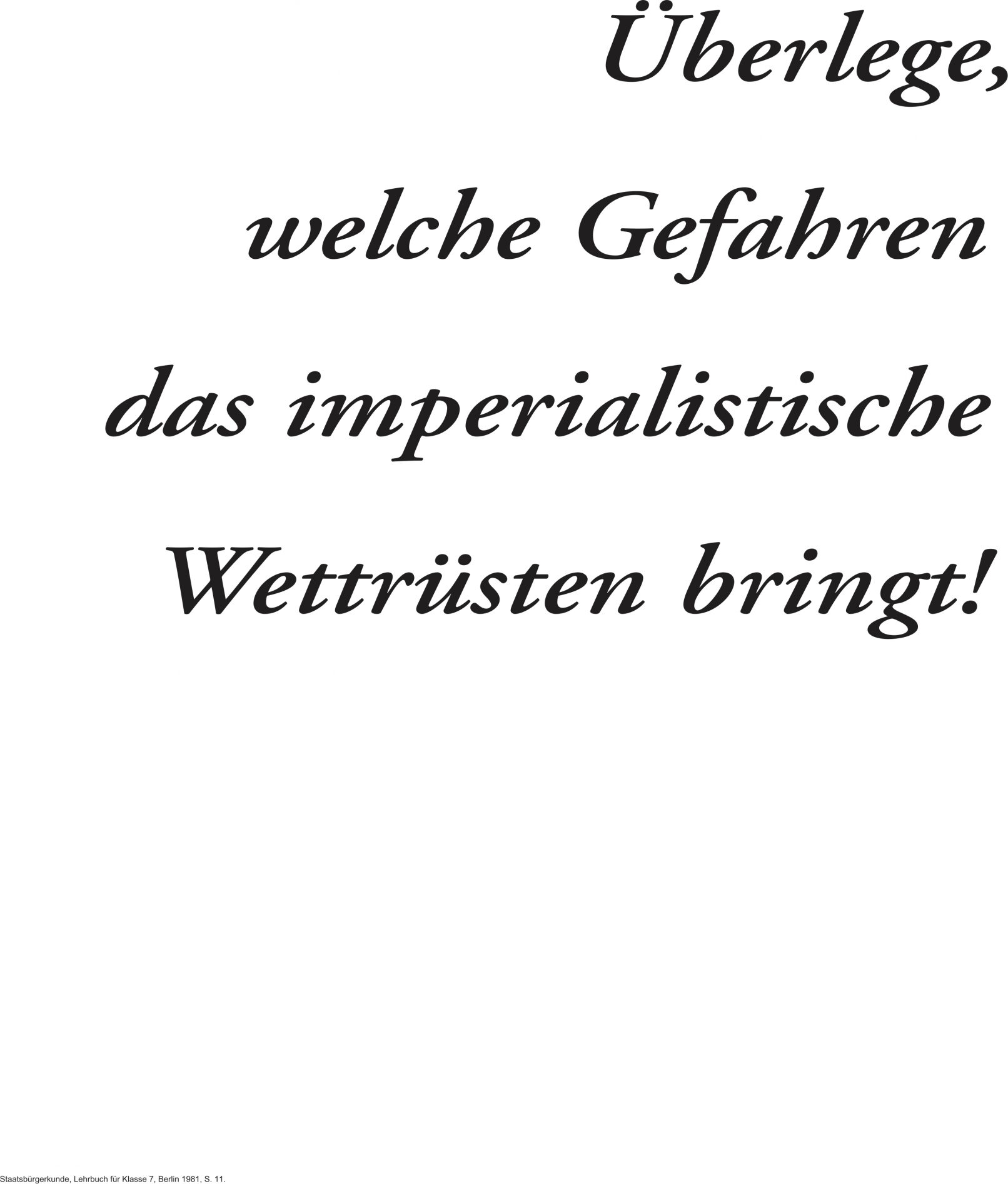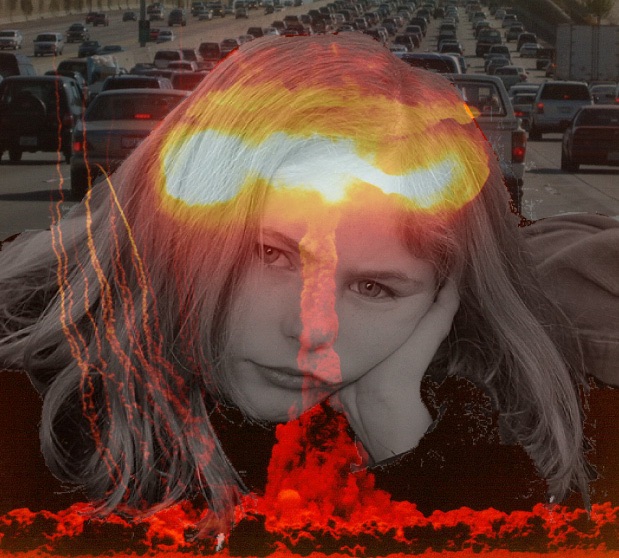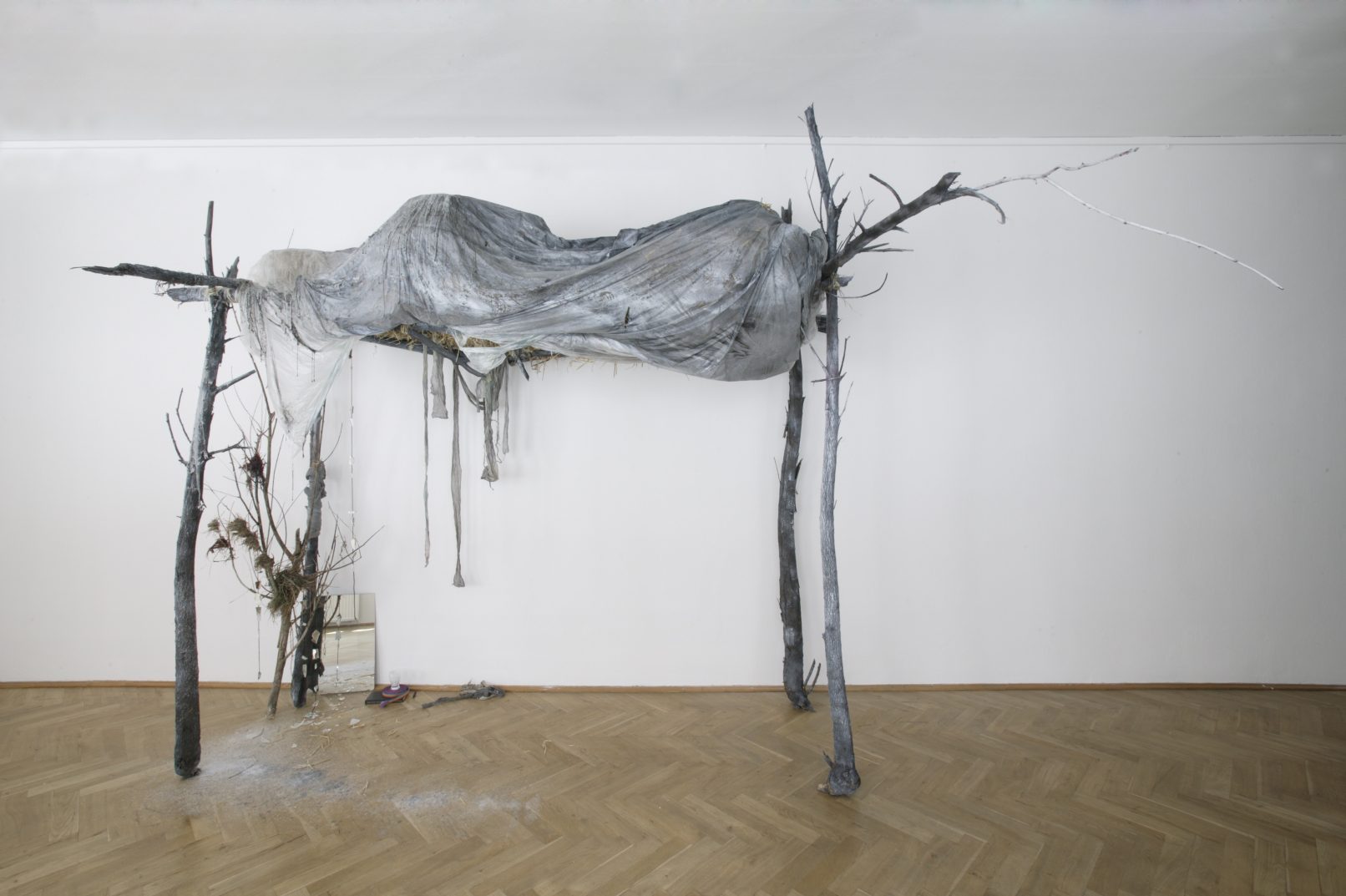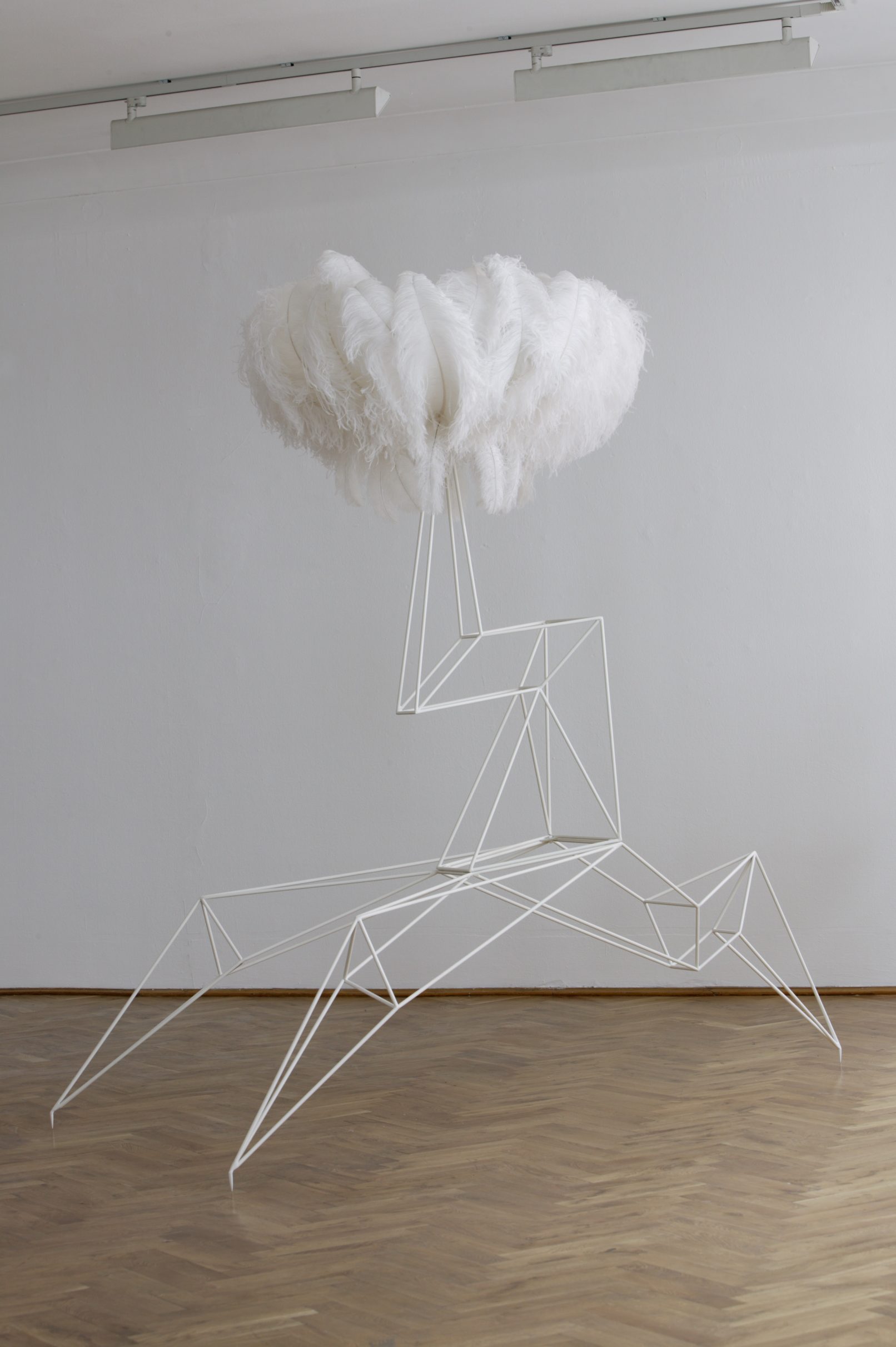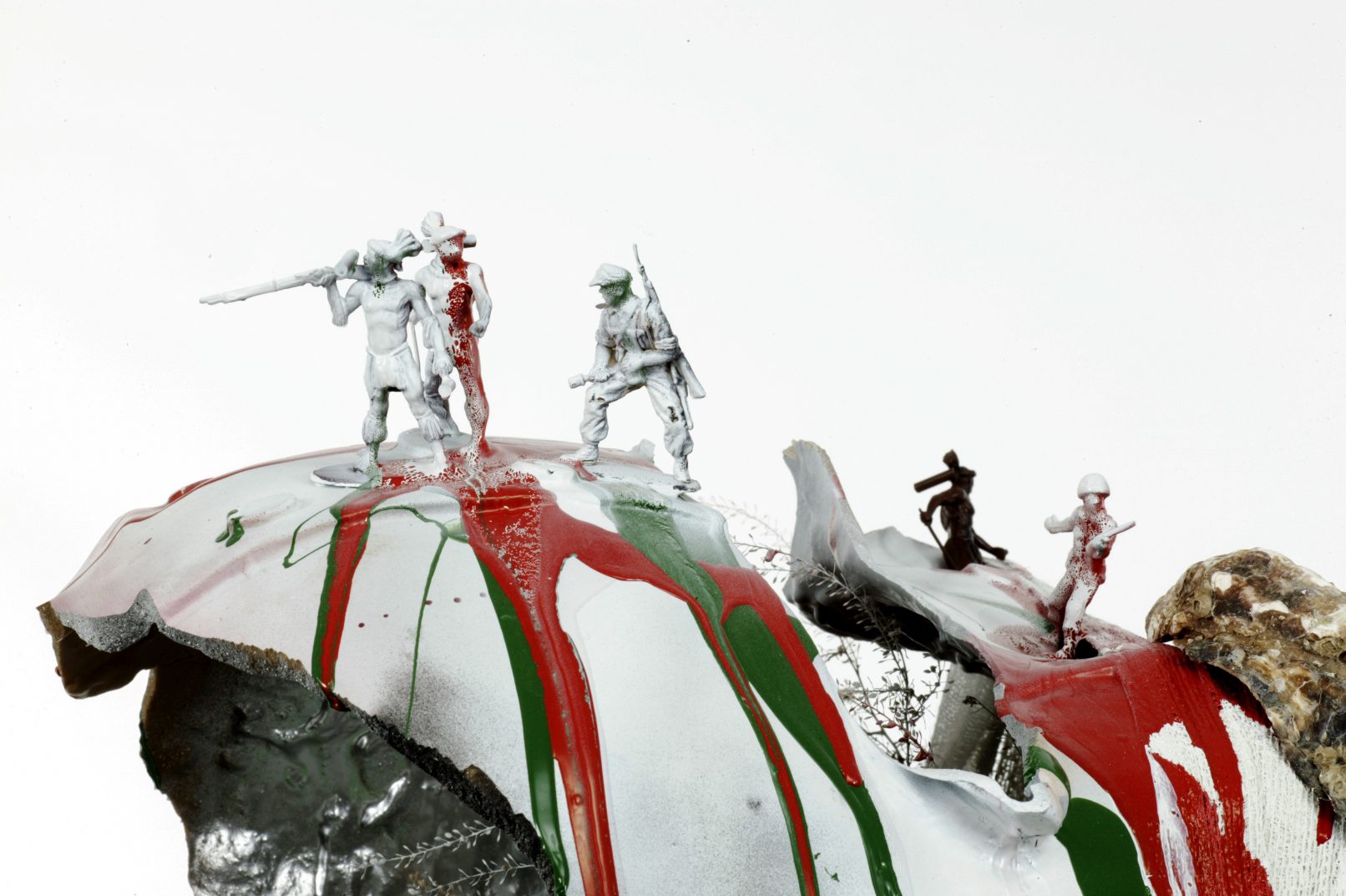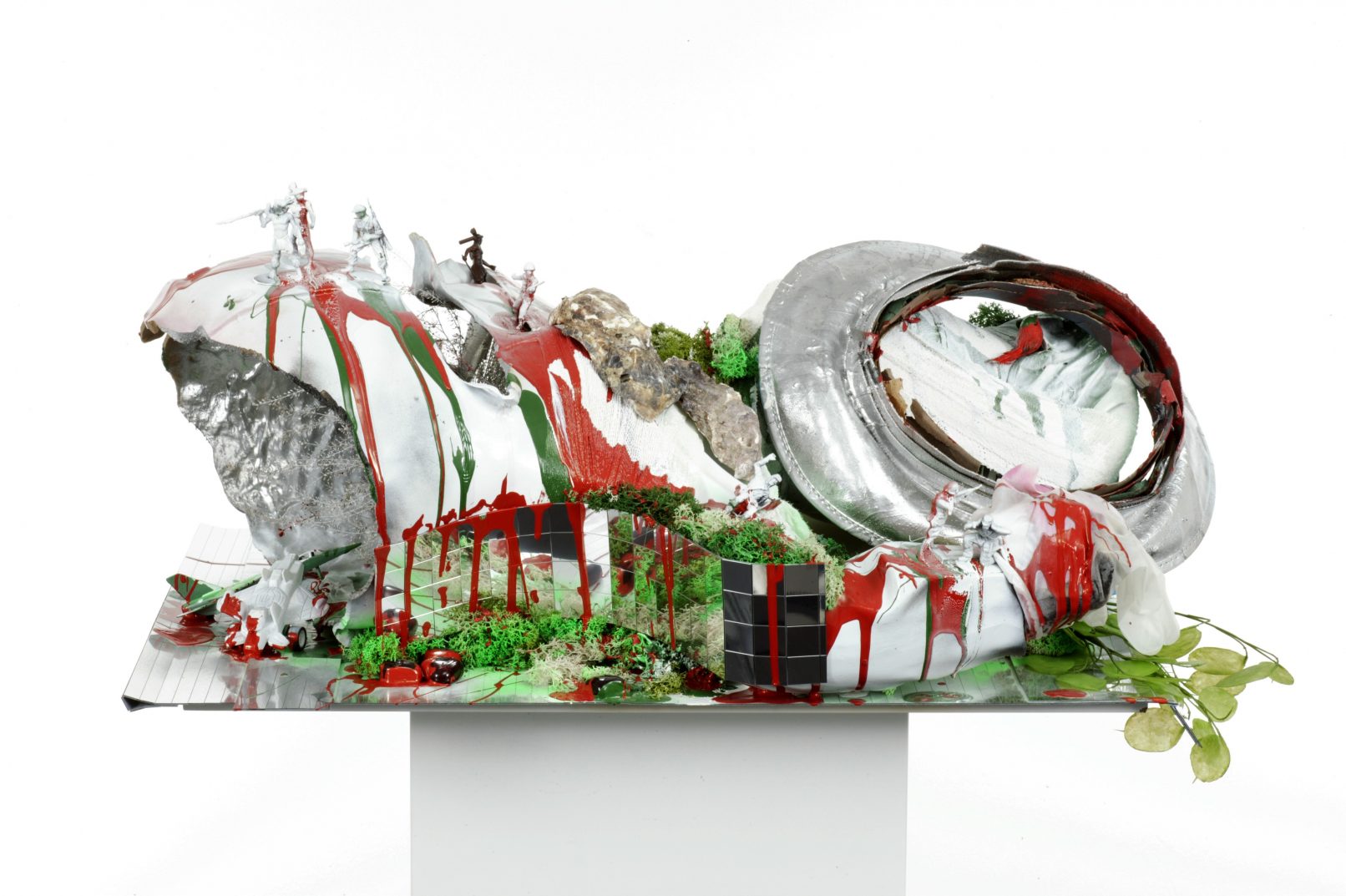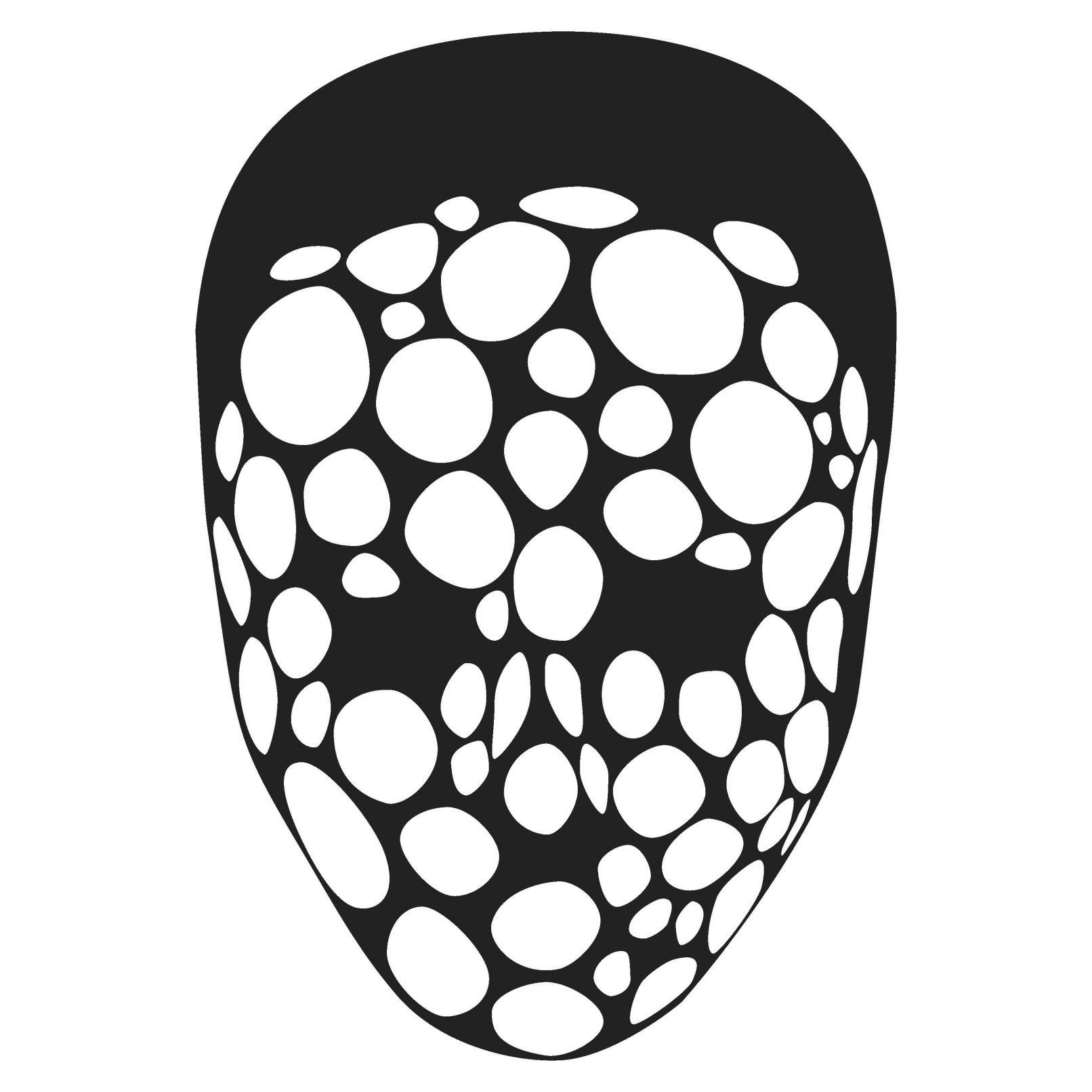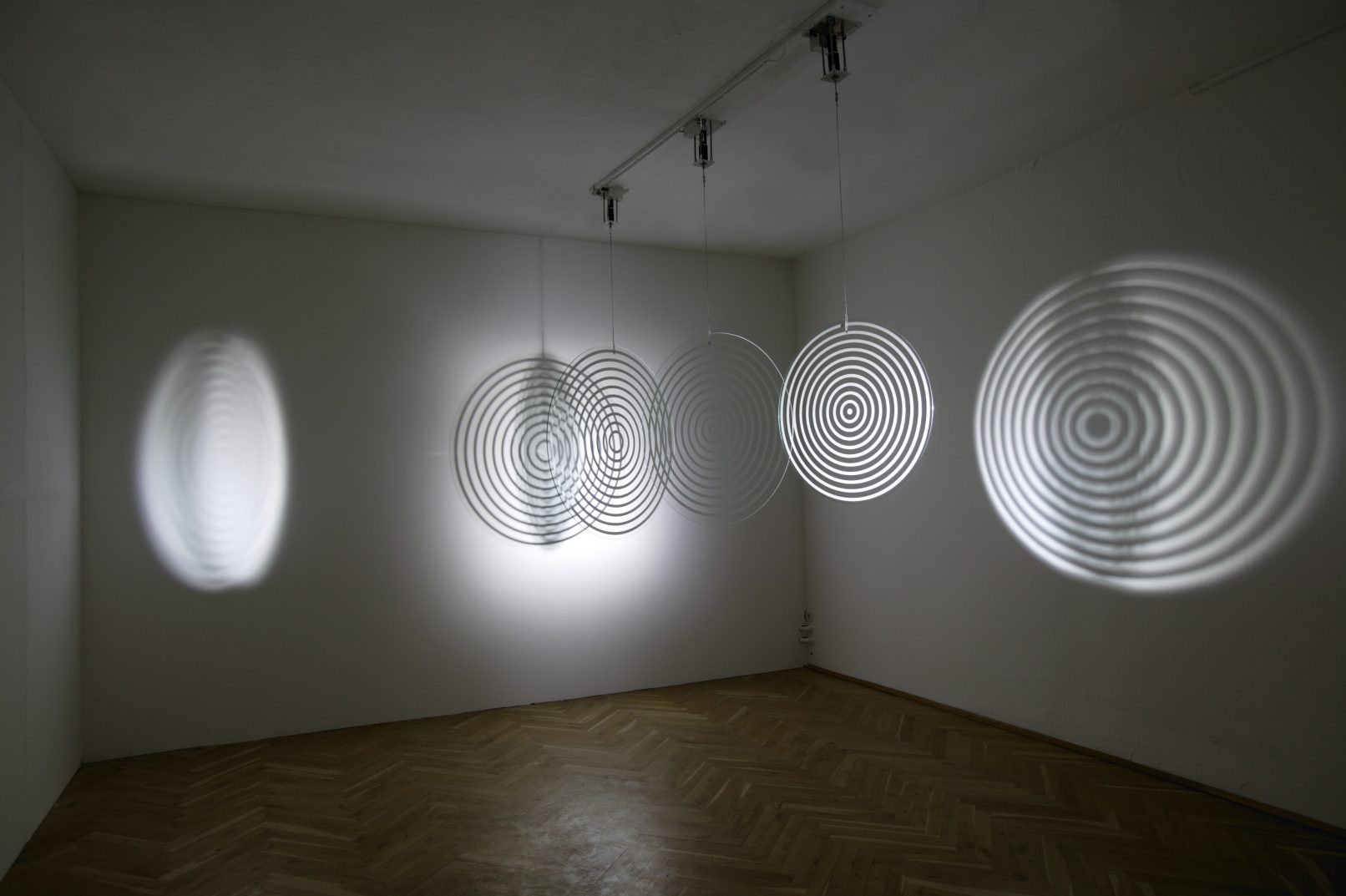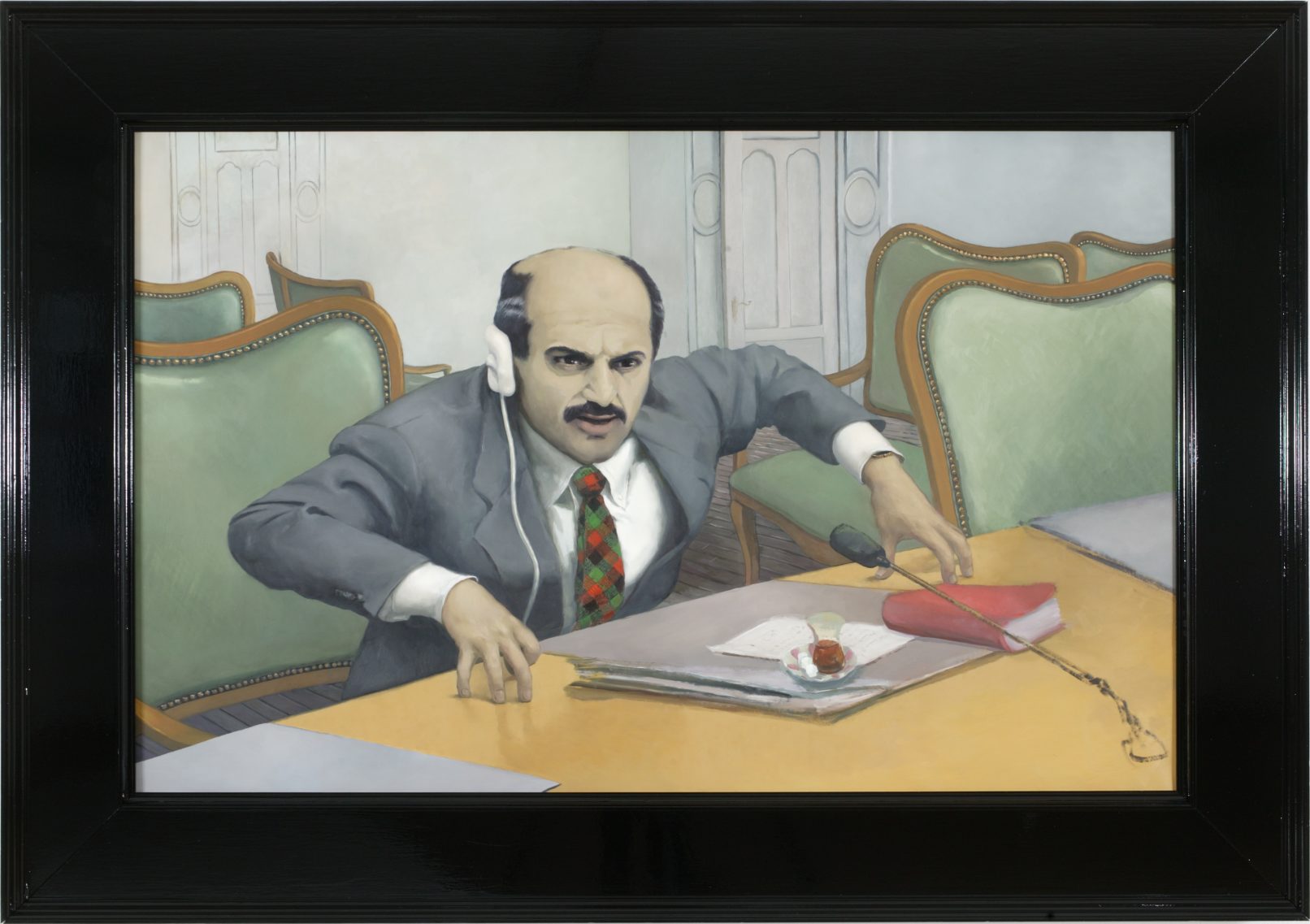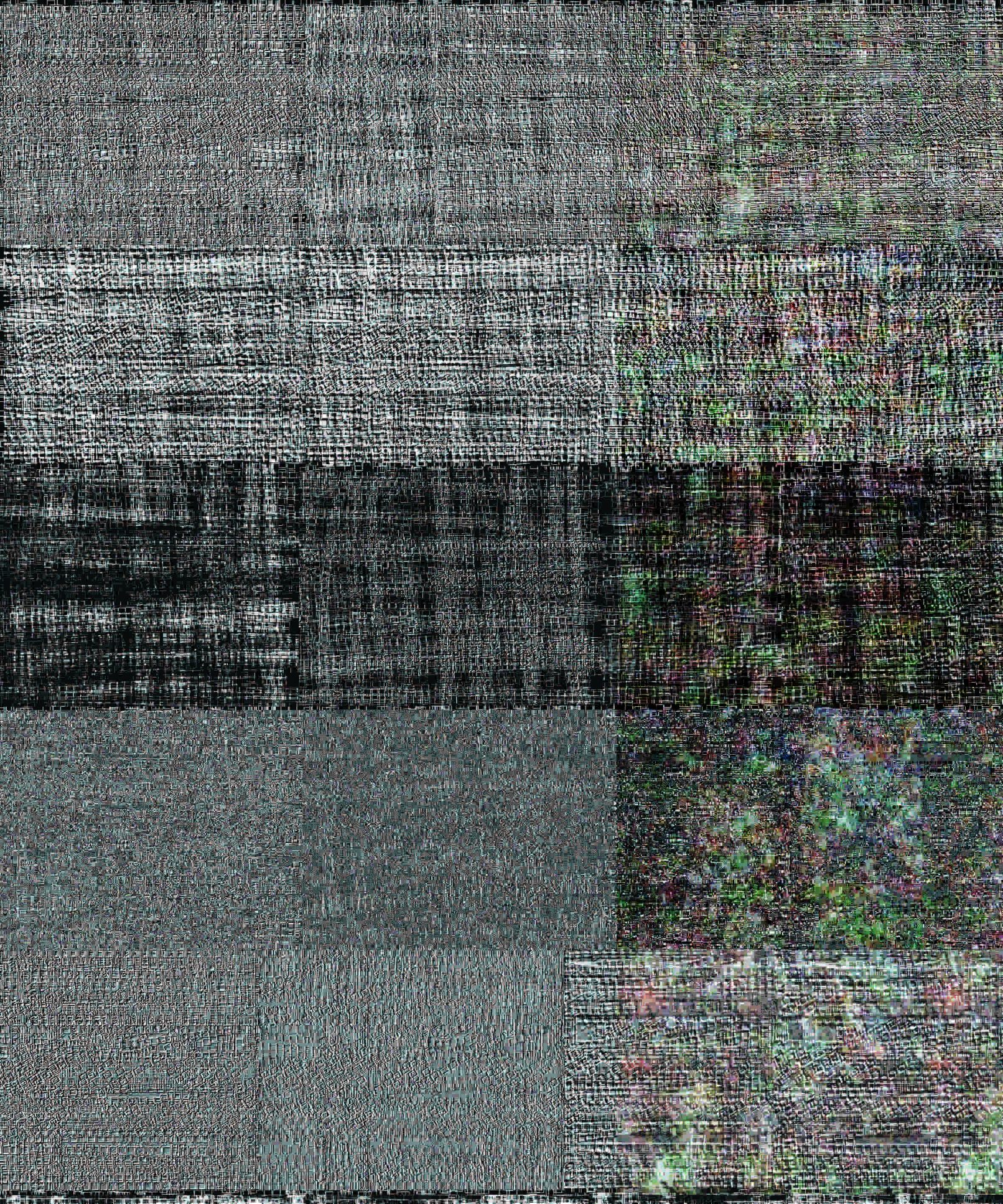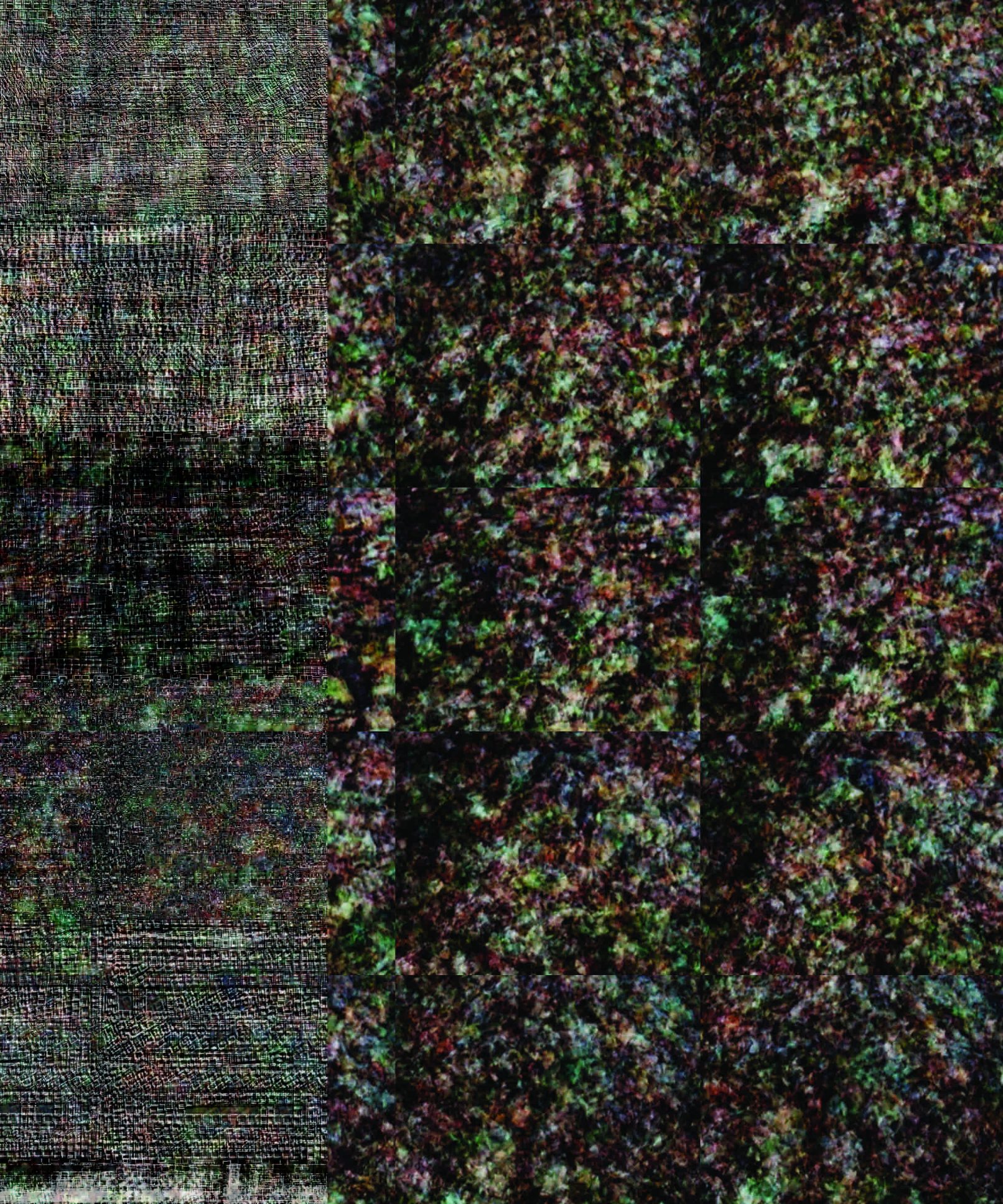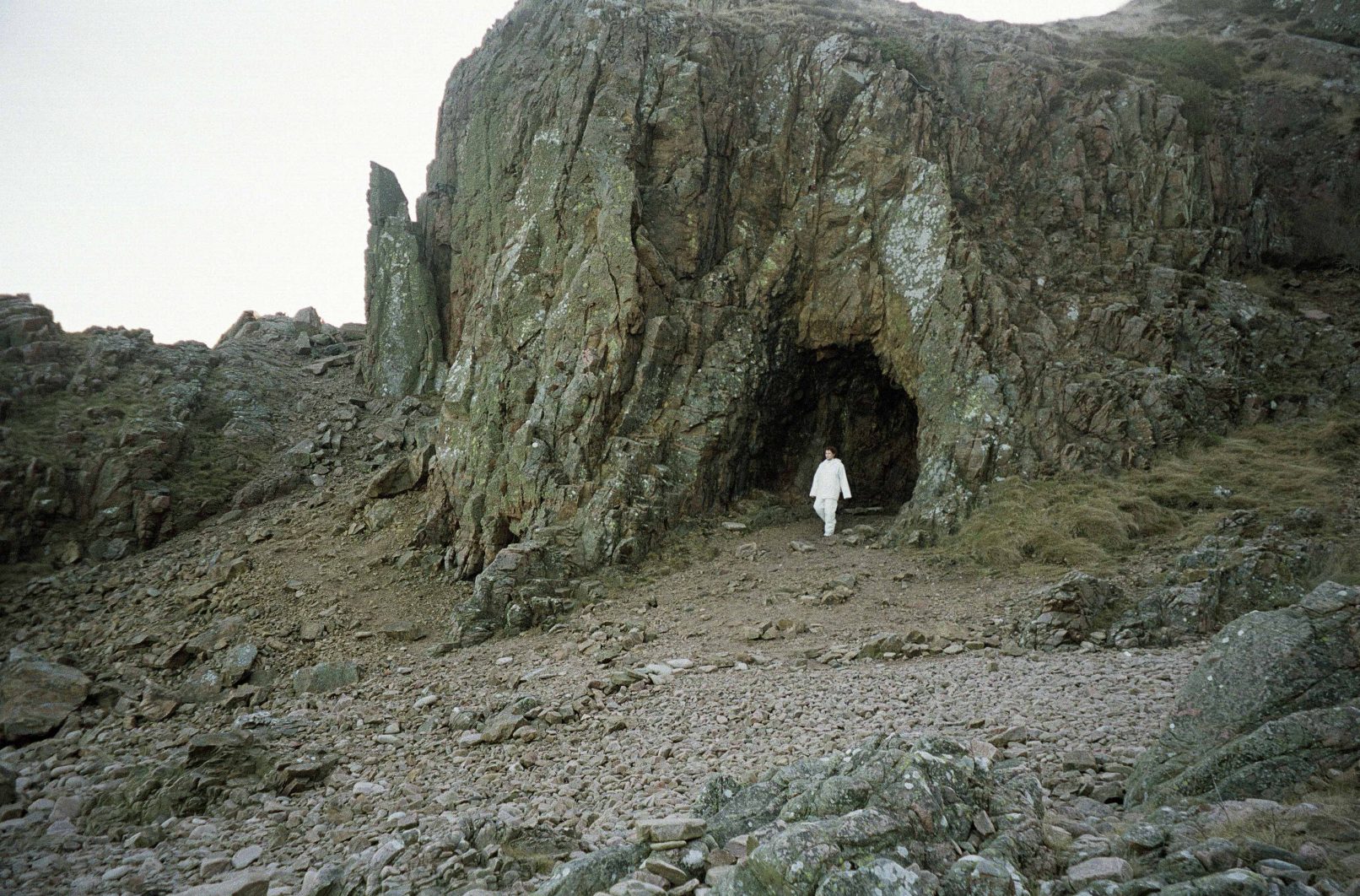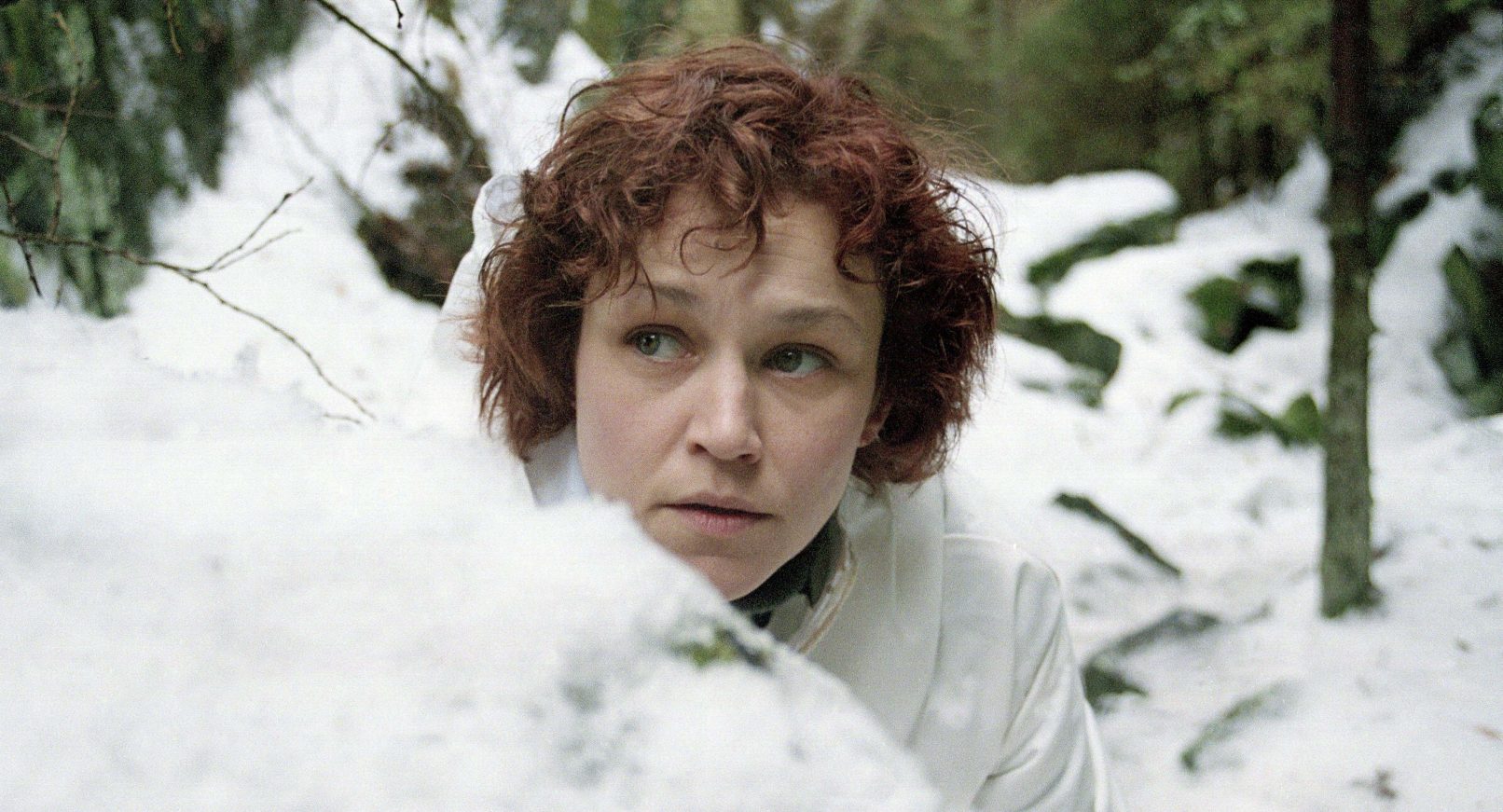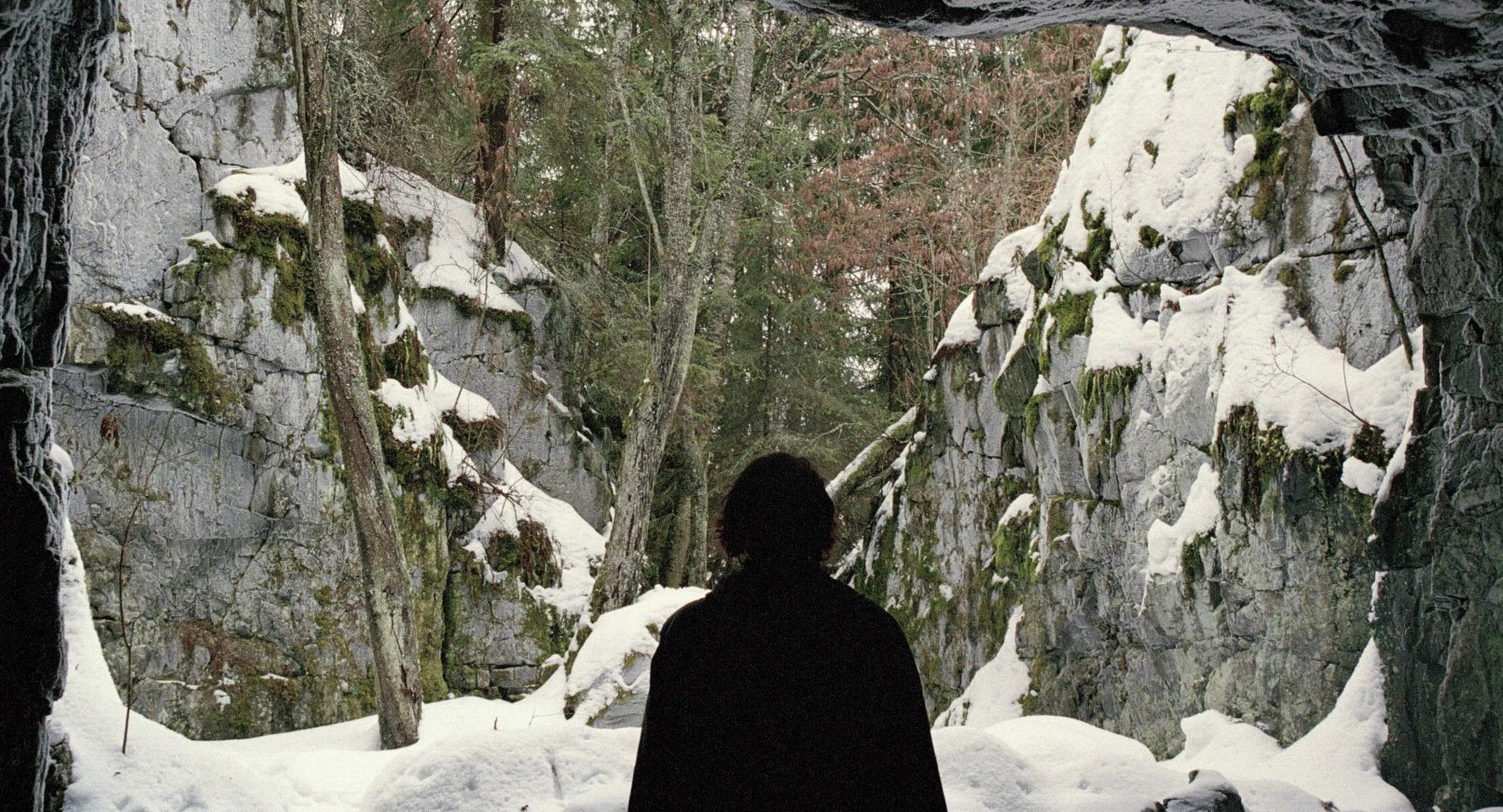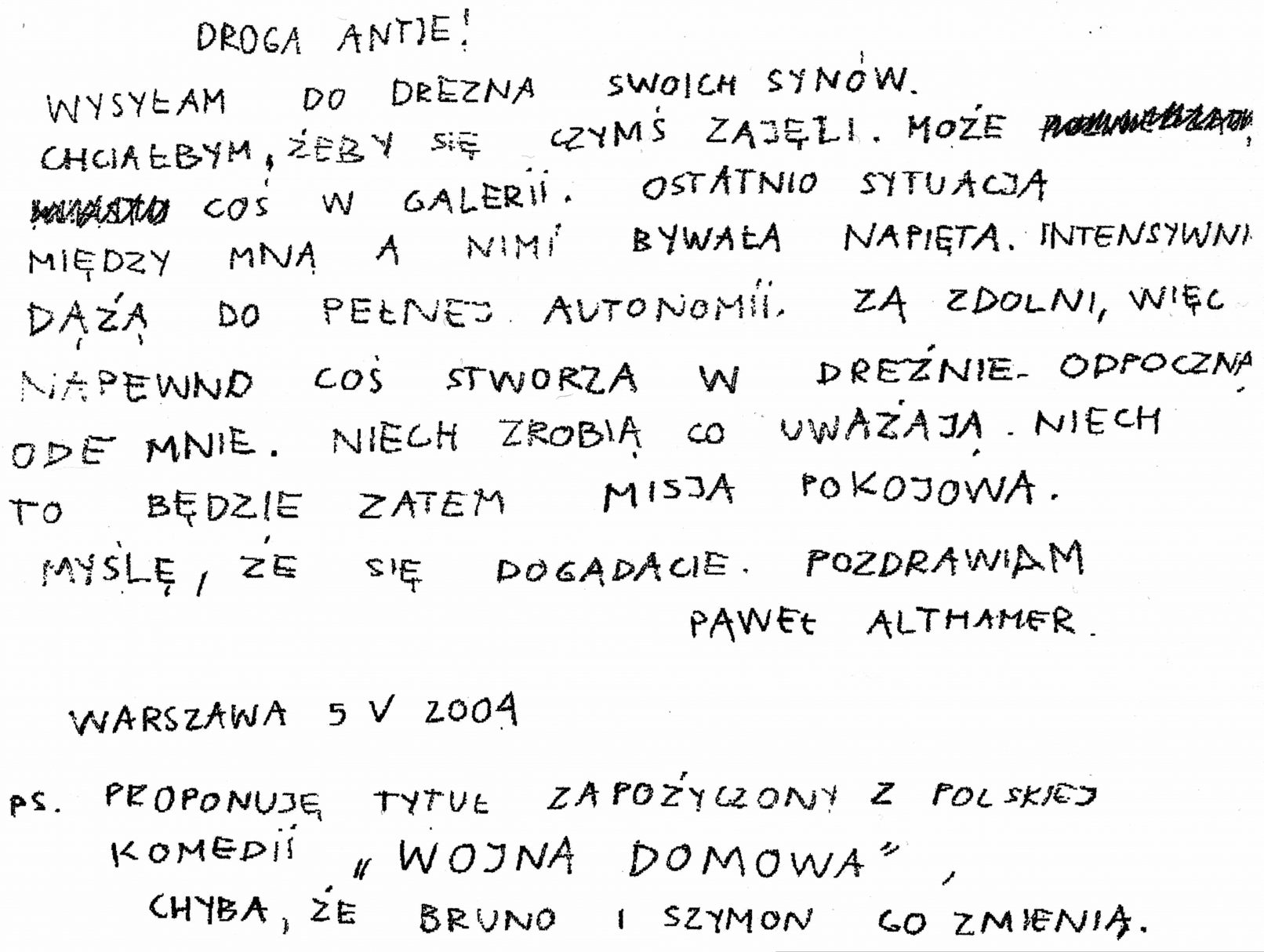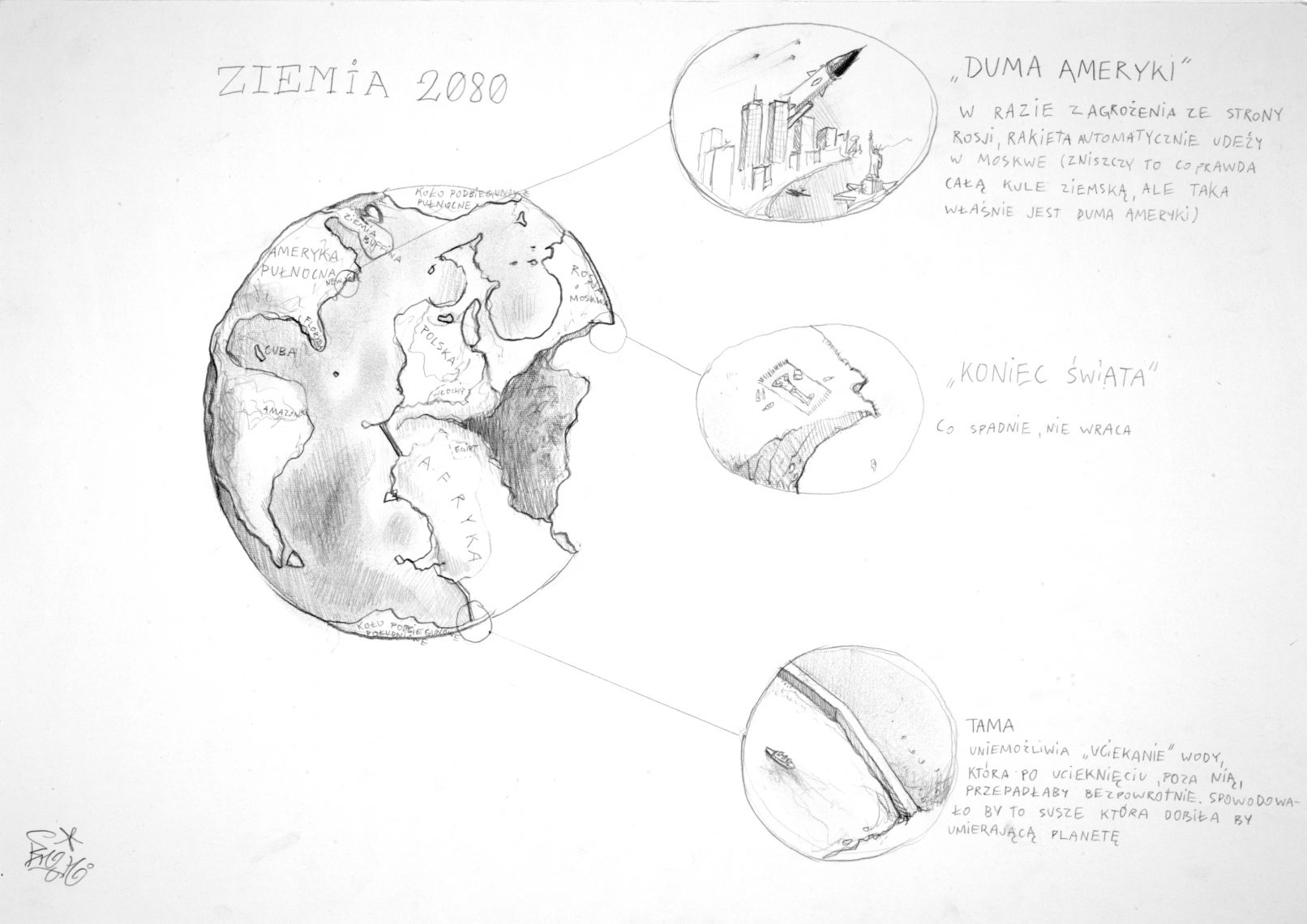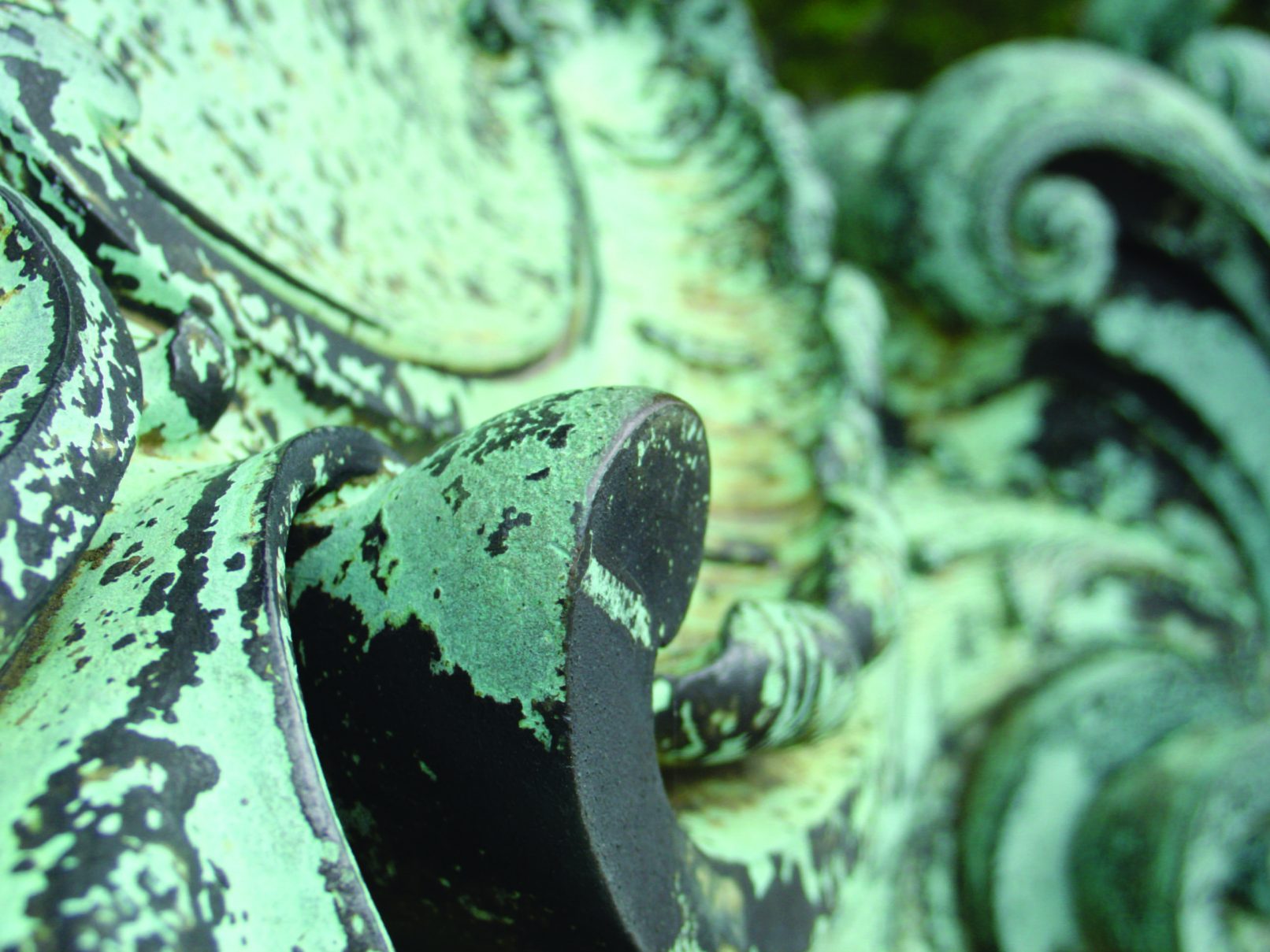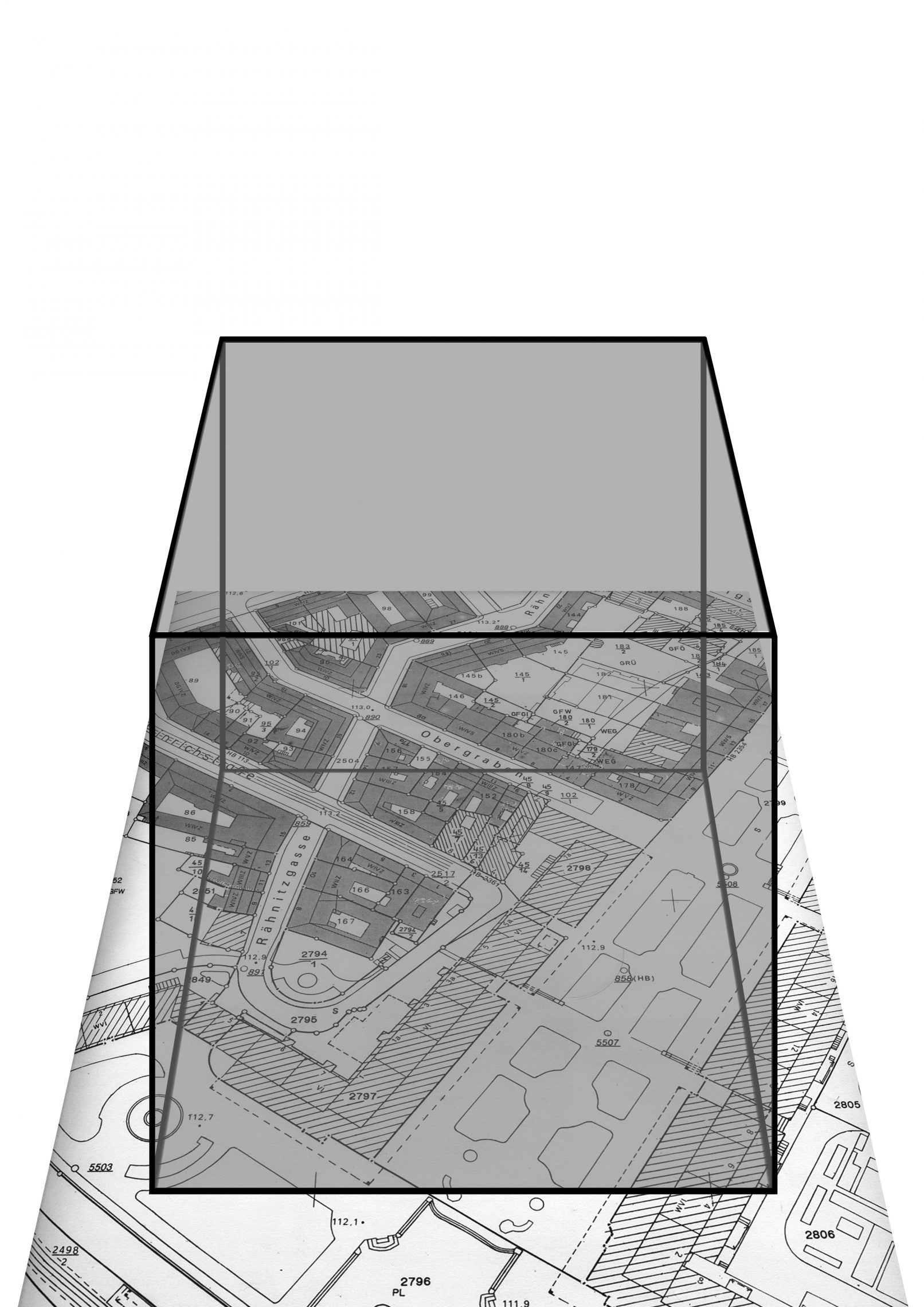20 May to 11 July 2004 at Kunsthaus Dresden
Opening 19 May 2004, at 8 pm
with live-sets by Chris Korda, Christoph de Babalon & Markus Dinig
With Bruno, Pawel und Szymon Althamer (Warschau), Christoph de Babalon (Berlin), Markus Dinig (Berlin), Lukas Duwenhögger (Istanbul), Olafur Eliasson (Berlin), Isa Genzken (Berlin), Julian Göthe (Berlin), Sebastian Hammwöhner / Dani Jakob (Berlin), Chris Korda (Boston), Ulrike Kuschel (Berlin), Sarah Lucas (London), Martine Maffetti (Berlin), Antje Majewski (Berlin), Aleksandra Mir (New York), Mathilde Rosier (Paris), Eva Rothschild (London), Neal Tait (London), Salla Tykkä (Helsinki), Garry Webb (London).
In the summer of 1944, the first hint spread of a concrete threat to use the atomic bomb. It had been communicated via the German diplomatic mission in Lisbon that an atomic bomb would be dropped on Dresden within the next six weeks if the government did not sue for peace in one form or another. In August one year later, the bomb exploded over Hiroshima. Accustomed to continual advances in technology, we find it hard to believe that even sixty years after its invention, the atomic bomb is still the most destructive weapon in existence.
The artist Antje Majewski and author Ingo Niermann have curated an exhibition bringing together international artists of different generations. The works, which for most part were created especially for the exhibition, deal with not only the collective consciousness of the inextinguishable pictures of “atomic mushrooms”, but also reflect the psychological dispositions in the shadow of the bomb. Even when our fear belongs to the past, the threat belongs to the present.
Sixty years after its invention, the nuclear bomb is still the same as it ever was. Once regarded as revolutionarily compact and immensely maneuverable – transportable anywhere in the world on a small airplane – it is now hard to believe that the most terrifying thing in the world could be so massive. Large, heavy capsules falling to the ground, turning everything to ash: cities destroyed, their inhabitants burnt. Now we fear made-to-measure pathogens, which find their way silently, invisibly into every home. These weapons are so invisible that we can’t even be sure of their existence.
We are so used to continual advances in technology that we are reluctant to believe that the greatest destructive power that we are capable of has not changed for 60 years. At the same time, even automobiles still operate on the same technological principles that were developed over a century ago. We live with the bomb, just as we carry on wearing shoes and opening doors. The only difference is that nobody actually uses it.
The last time there was widespread fear of nuclear war, around twenty years ago, it was not the existence of nuclear weapons that people were afraid of, but their ongoing proliferation. They thought that if humankind could theoretically destroy itself many times over, it would do so, for real, at least once.
Since the end of the Cold War, we have forgotten how to be afraid of nuclear war. When we think of the nuclear bomb, the most we can imagine is a madman holding a single hand grenade. In films, books and computer games, they are defused again and again in the nick of time.
Like space travel, nuclear war has for decades created a vast new territory for the imagination. People have envisaged two enemy blocs fighting a final war in which a blazing fire consumes the world. In science fiction novels and films, great writers and filmmakers such as Stanley Kubrick, Stanislaw Lem, Phillip K. Dick and Paul Verhoeven imagined possible worlds during or after a nuclear war. Artists, however, have tended to subordinate themselves to the idea of the impossibility of adequate representation. After the Holocaust and Hiroshima, Picasso’s Guernica seemed to be the last great work of art to use avant-garde estrangement to express the “true horror” of destruction and thus also the limits of existence.
All the artists we have invited live in countries that are not under any immediate nuclear threat. For them, nuclear war is a danger for remote regions. In other words, they can deal with the possibility of nuclear war without having to react to the up-to-the-minute versions of the threat presented in the media. Nearly all of them created new artworks for the exhibition.
(Antje Majewski and Ingo Niermann)
Exhibition:
Atomkrieg, Kunsthaus Dresden, 2014
Catalogue:
Antje Majewski and Ingo Niermann (ed.), Atomkrieg, Lukas & Sternberg, New York
With stories and essays written specially for the exhibition by Alexa Hennig von Lange, Joachim Bessing, Christian Kracht, Ulrike and Antje Kuschel, Antje Majewski, Dora Miran and Ingo Niermann.
